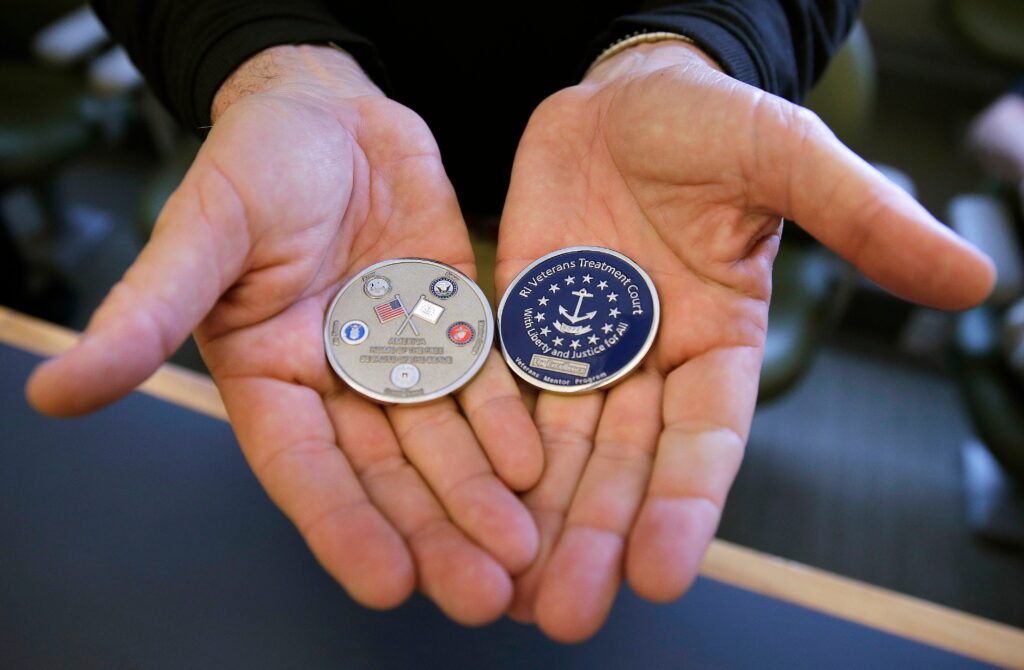- Veteran treatment courts provide comprehensive rehabilitations for convicted veterans.
- Adult drug treatment courts are struggling to provide comparable support due to lack of resources.
- The success of adult drug treatment courts depends on government funding and community integration.
Veteran Treatment Courts give convicted US military veterans a shot at rehab and comprehensive care, but similar treatment courts made for the public have more work to do to be of more help.
"We don't have a very robust treatment infrastructure in this country and there are many communities where adequate treatment is difficult to access," said Christopher Deutsch, the communications director of All Rise, a nonprofit focused on assisting drug court, veterans treatment court, and DWI court professionals.
Veteran treatment courts, which prioritize rehabilitation for convicted veterans, provide comprehensive care, but the public version of these courts fail to deliver comparable support.
Deutsch added that these public-facing treatment centers are lacking sufficient accessibility and medical care individuals need to properly provide effective treatment.
"Outside of treatment courts, we know that things like substance abuse counselors, mental health counselors, in general, there's a struggle for those positions to be filled," said Christina Lanier, the co-director of the National Treatment Court Resource Center.
"I would imagine that that trickles down to the treatment court world," she said.
There are other challenges as well. Counties receive federal funding to provide and pay for mental health and substance abuse services, but instead of establishing or assisting an existing a treatment court with more funds where it is needed, counties may decide to put the money elsewhere.
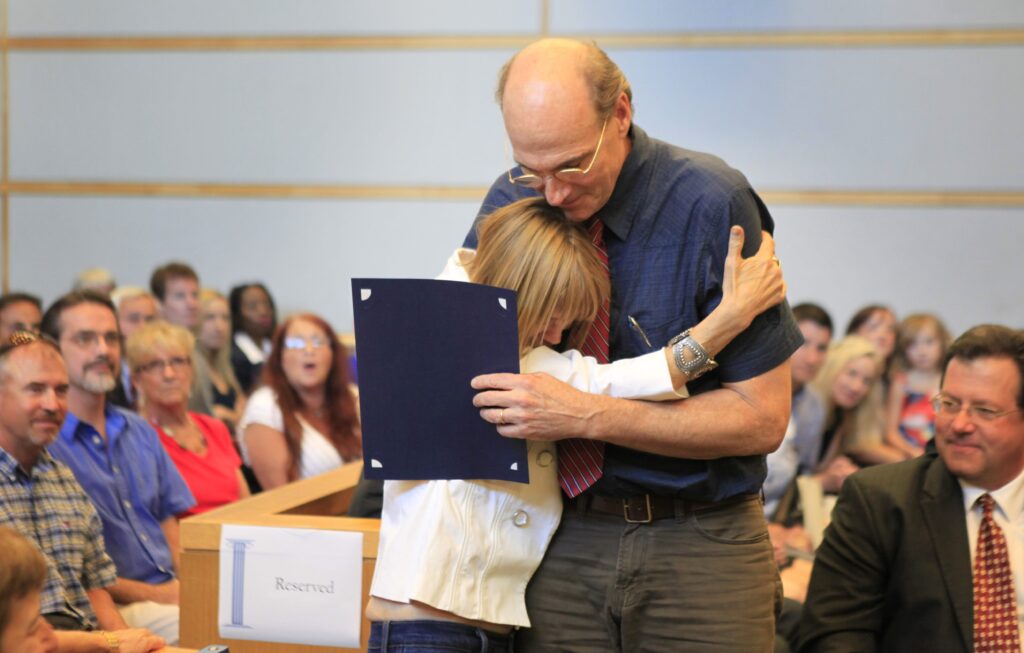
Lanier, who is also a sociology and criminology professor at UNC Wilmington, said issues with treatment courts having sufficient resources and providing proper care is often "location specific."
For example, there are very few treatment courts in Raleigh, North Carolina's capital city, compared to Wilmington, a city which is almost 130 miles away with a population that is four times smaller.
Landing in a treatment court
As of 2022, there were over 4,153 adult drug courts and 511 veteran treatment courts in the United States.
Based on a 2019 NTCRC survey, responsive veteran treatment courts had a graduation rate of 76.7% with 9,592 active participants at the time, and responsive adult drug courts had a graduation rate of 56.6% with 90,990 active participants at the time.
There are numerous ways a person who has been convicted can enter a drug treatment court.
"There are some people that enter the program, what we call 'pre-plea,' so they're gonna do the program and once they do the program, their charges are going to maybe be dismissed. There's people that come into the program, that are what we call 'post-plea,' so as part of their plea, they're pleading guilty, and doing the program is part of that," Lanier said.
While a person with a drug offense may be eligible to participate in drug treatment court, a person whose substance use has been determined to be an underlying cause of the criminal activity may also be eligible.
In addition to a substance abuse diagnosis, other criteria that makes an incarcerated individual eligible for drug court is their risk and need placement on the Risk-Need-Responsivity model.
The model displays contributing factors and characteristics that determine whether an incarcerated person is at risk of repeat offense or recidivism. The higher the level of risk and need, the more eligible they could be for drug court participation.
The veteran courts are modeled off of general treatment courts, which began 30 years ago as a way for those who were convicted of crimes and dealing with substance use to work with court staff and receive successful treatment to prevent them from becoming repeat offenders.
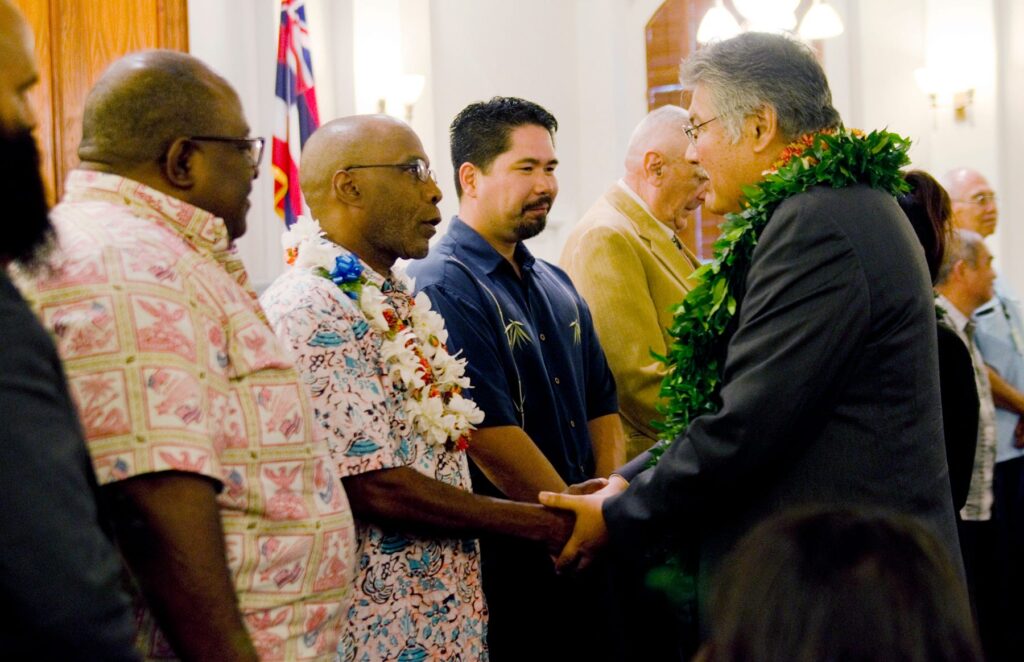
Deutsch explained to Business Insider that "the treatment court is a way to incentivize them to participate in treatment and the other social support that comes along with it with the idea that they can emerge from the program without a felony conviction and be able to be back with their families and in their communities and be productive."
Veteran treatment courts may have different criteria for veterans they can accept into their program. In addition to treatment, these courts can provide support in housing, employment, and more.
Veteran treatment courts are exclusive to veterans and there, they can interact with mentors who may have faced similar circumstances.
Depending on the institution funding an adult drug court, it may or may not be able receive violent offenders for treatment. The Bureau of Justice Assistance, a federal agency, prohibits its funds be used by drug treatment courts to take in violent offenders.
Many adult drug treatment courts are unable to admit violent offenders due to the BJA prohibition.
The veteran treatment courts, however, are not prohibited to admit violent offenders unless the individual court has its own prohibition.
"They are the only court that can get funding from BJA that can accept violent offenders into their program," Lanier said.
Hondo's story
"There's a lot of mentors that come in and different organizations, whether it be housing veteran groups for community outreach, things of that nature," recounted Hondo Underwood, a former marine who participated in a veteran treatment court to avoid extensive prison time after being convicted of car theft. "I was able to reach out to David's House, which is a sober living home."
Underwood was also using drugs while he was stealing cars, using the money he made from stealing cars to purchase drugs.
He describes his veteran treatment court experience as going through an "intense supervised probation" that gradually lessened. He was then placed in a rehab facility and was required to check in with his probation officer.
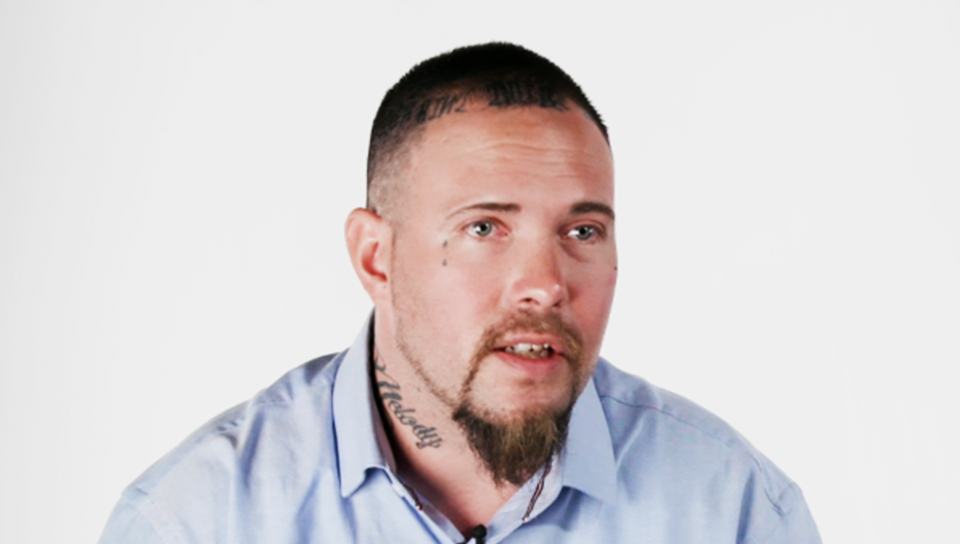
"I got a 12 to 18 year deferred sentence," he explained. "As long as I was able to accomplish veterans treatment court, which I successfully did once I graduated from Harbor Lights rehab facility, I still had the choice to stay there because I was a veteran."
Underwood had stolen hundreds of cars in Colorado prior to his arrest in 2017.
"Going through Veterans Treatment court, again, it gave me a sense of purpose, a sense of 'I can get out of the neighborhood and I can give people an option or somebody to look up to,'" he told BI's Ju Shardlow.
Veteran treatment courts are partnered with local Veterans Affairs branches and other veteran organizations which can provide help for veterans who may experience PTSD, traumatic brain injuries, and other conditions specific to veterans.
Deutsch said that the VA's inclusion in veteran treatment courts is an advantage because it "removes one of the major issues that any program that's working with people who need treatment is going to be confronted with, which is how to access that treatment and how does that treatment get paid for."
To get access to an adult drug court, an individual must undergo an assessment that demonstrates whether they have a substance use disorder. Oftentimes these individuals have gone through treatment before or have had long criminal histories.
Care out of reach
However, adult drug treatment courts as well as treatment facilities countrywide are in need of more trained professionals, open beds, and treatment availability to properly serve vulnerable individuals.
Many of these issues could be solved with adequate distribution of federal funds from local governments, but in addition to crucial funding, another key to a successful drug treatment court is how it interacts with the community it's established in.
"The screening and assessment can tell you what the person needs, but then whether or not it's out there for them is another challenge," Deutsch said. "The courts themselves need to understand who they're serving and make sure that their programs are adequately, culturally responsive."
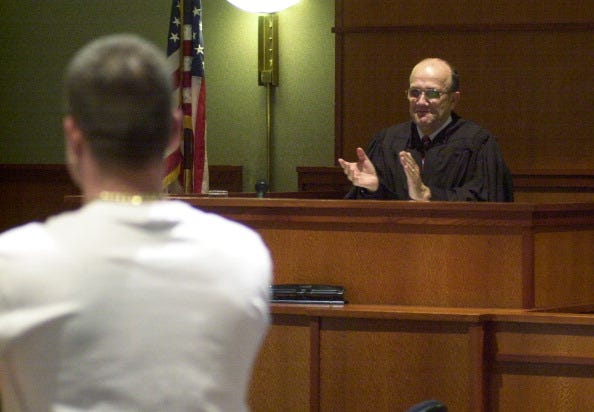
The treatment court can be subjected to varying levels of skepticism and pushback from community members depending on where it's based, but treatment courts can map out local resources in order to provide even better accessible assistance to the participant.
One way to do this is for centers to survey their jurisdiction at the beginning of their establishment, what Deutsch called "community mapping."
Key factors like the demographics of those participating in the courts, as well as the scope and number of those needing treatment, play into the success of the treatment court at its inception.
"These programs should be reflective of their community," Deutsch added.
If programs reflect the wider community they're serving, the more effective they'll be in being able to take advantage of existing resources and serve the public's specific needs.
Some of these services might look like financial literacy and employment assistance programs.
Bringing different faces of the community together around this treatment court to provide services outside of criminal justice allows for the treatment court participants to not only connect with the community they reside in but to also help them get back on their feet.
